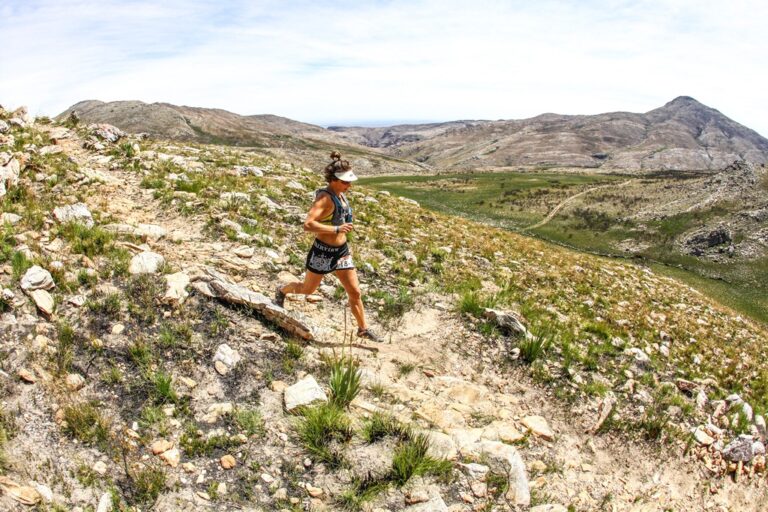Trail running is an activity that almost anyone can try out, no matter their fitness level. Irrespective of how fast or slow one chooses to move, trail running can deliver moments of unadulterated bliss and joy, due to the strong connection formed between one’s body, mind and the natural environment. Trail running basically implies to running on trails. As per Steven Rindner, terrain for trail running can include tree roots, ditches, stones and rocks, which can bring more variety and challenge to one’s steps.
Steven Rindner sheds light on the experience of trail running
Trail running is a form that combines running, walking and even climbing at times. It takes place in natural environments like mountains, fields and woods. Routes for trail running include dirt roads, forest fire roads, woodland trails, coastal trails and more. Rugged terrain and climbs are a part of the sport. Unlike typical road running, the terrain constantly varies in trail running. One may run on trails, over mud, rocks and grass, and more on a trail run.
During ascents, one would have to alternate walking and running. On the descents, however, they have to watch their footholds. Landing on the forefoot can cushion the impact. Arms can be used to maintain balance. Trail runners should try their best to embrace the slope, run easy and simply have fun with the terrain. Rather than focusing solely on speed, trail runners are encouraged to heighten their sensory awareness and be fully present in the moment. The rustle of leaves underfoot, the varying textures of the ground, the scent of trees or soil after rain, all of these are sensory elements that enhance the experience. Trail running is not just about reaching the finish line; it is about the journey itself.
Trail running is rooted in the joy of moving through natural landscapes, and is much more than a simple workout. It becomes an experience of deep connection with the environment. Trail running takes runners away from the noise and chaos of their daily life, and enable them to spend time surrounded by nature, while engaging in a physically and mentally demanding practice. Time spent outdoors has been shown to reduce stress, elevate mood, and restore focus. Trail running, with its blend of physical exertion and exposure to green environments, offers a powerful antidote to the over-stimulation and sedentary habits of modern life. The uneven, softer surfaces found on trails place less strain on joints than concrete or asphalt, resulting in fewer repetitive impact injuries. The constantly shifting terrain improves balance, coordination, and full-body strength, enhancing muscular development and joint stability.
As Steven Rindner mentions, trail running is an activity that encourages a conscious effort to open up to the present moment, feeling the breath, noticing the terrain, and acknowledging the physical sensations within the body. This harmony between body, mind, and nature goes a long way in fostering emotional resilience, in addition to cultivating athletic growth. For many, trail running becomes an almost meditative practice, which provides them with the opportunity to recharge, reflect, and rediscover the joy of simply being outside.


